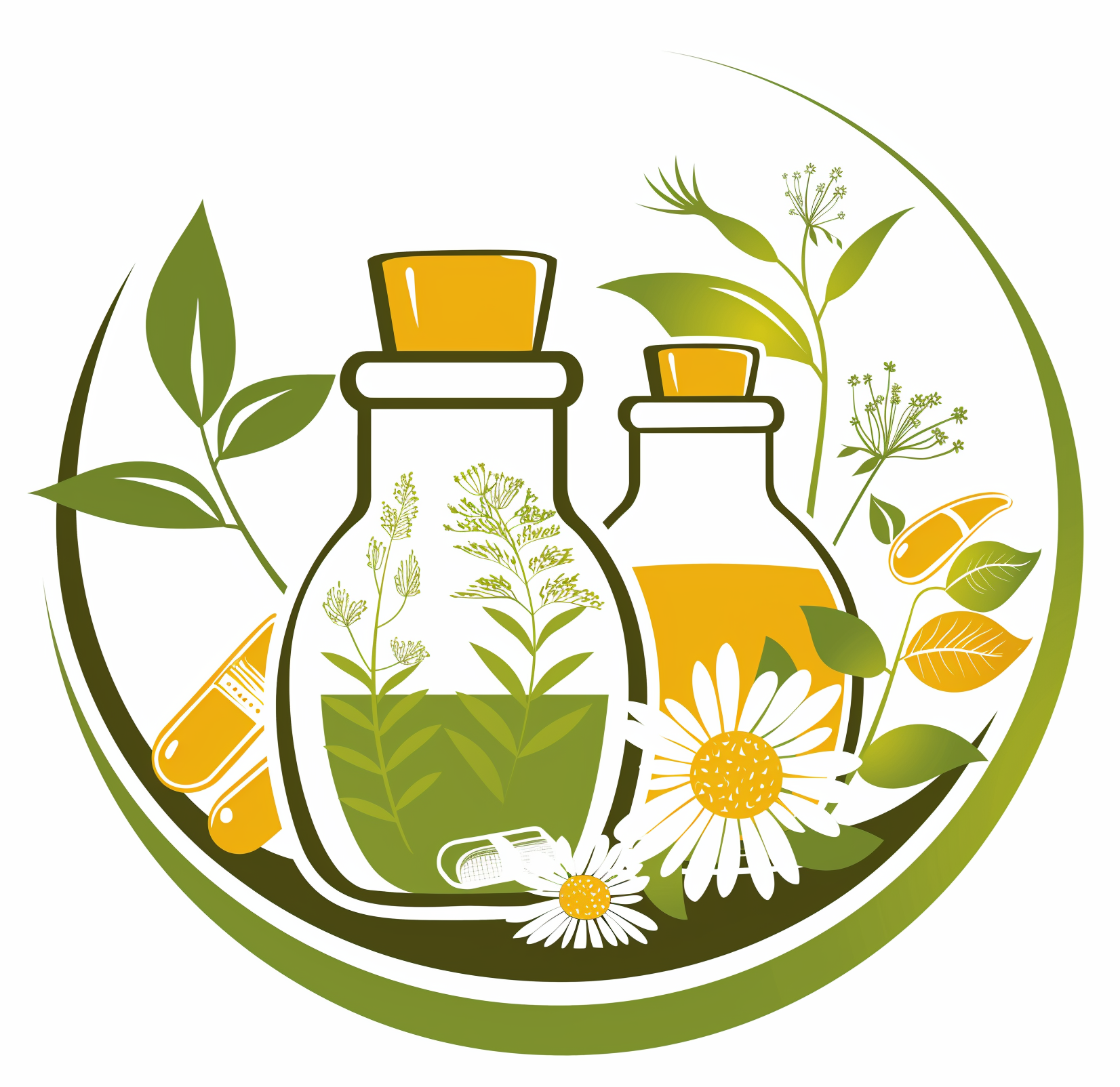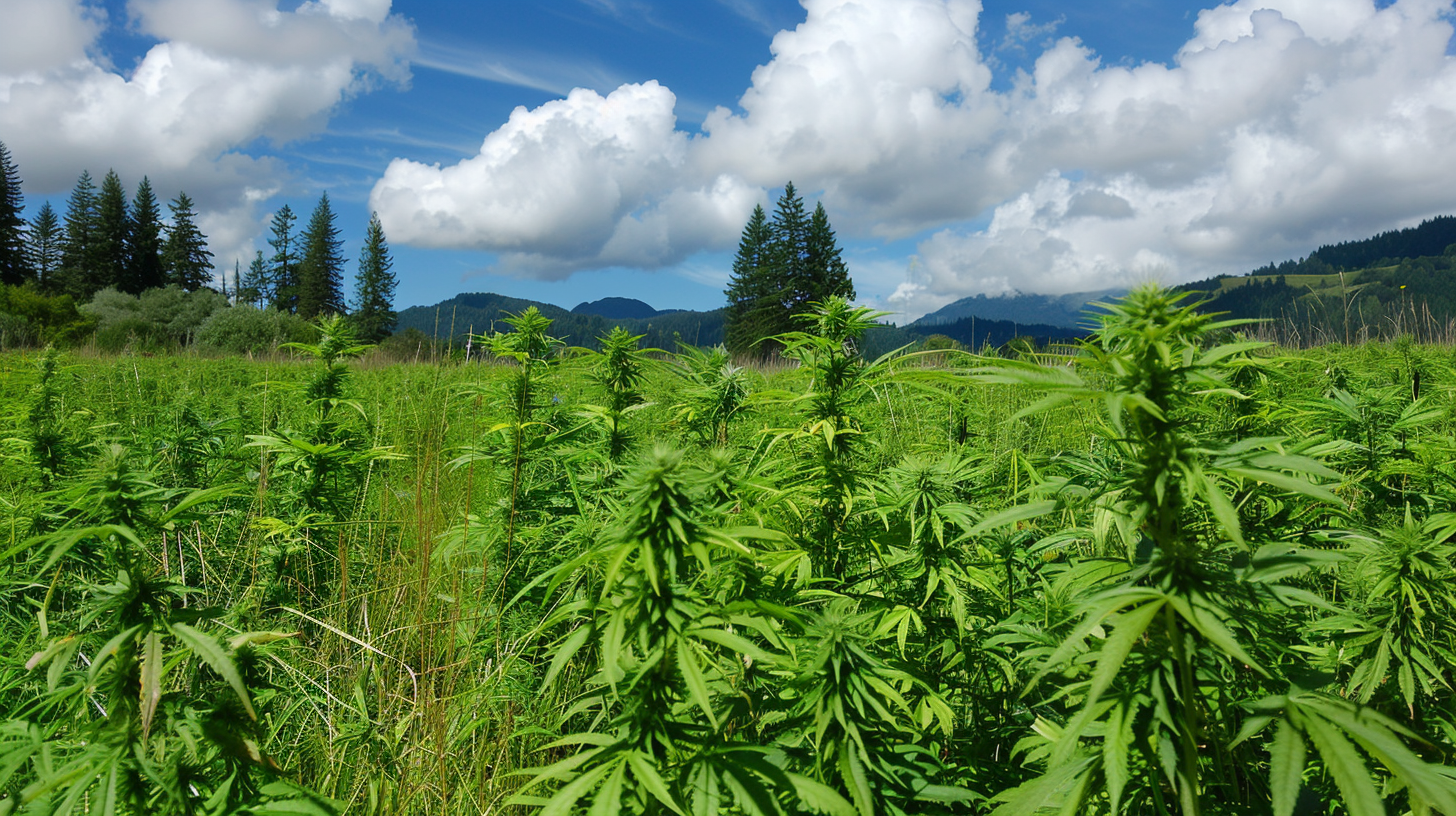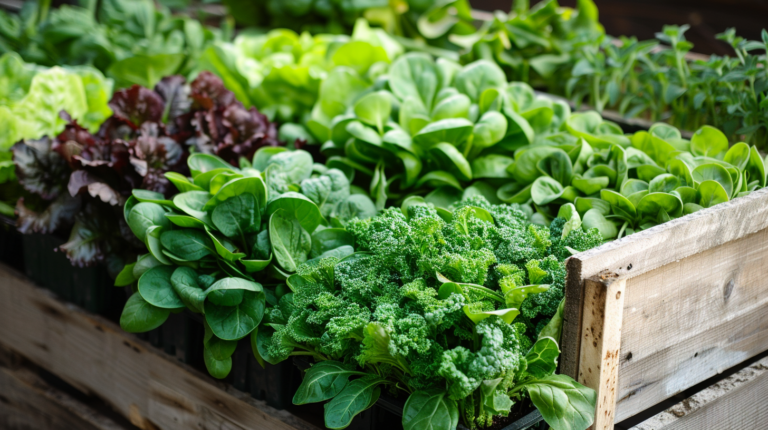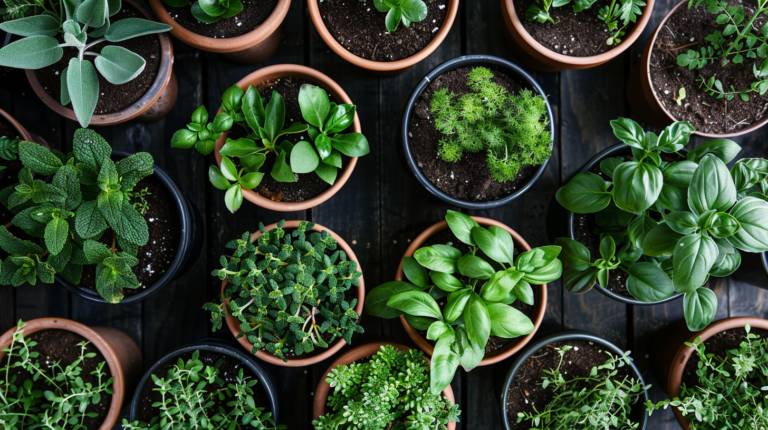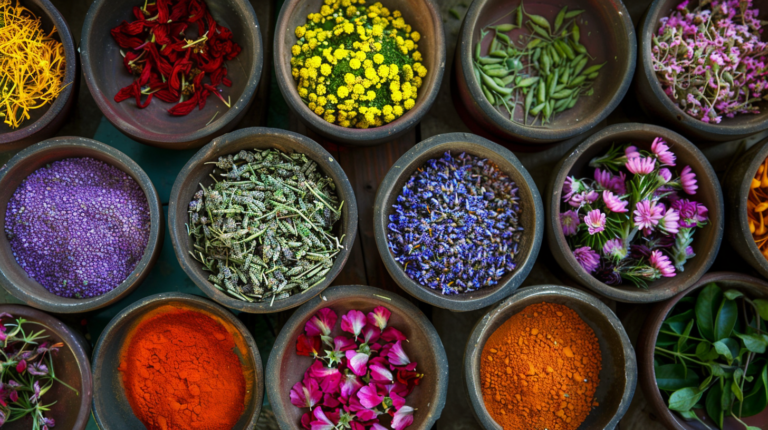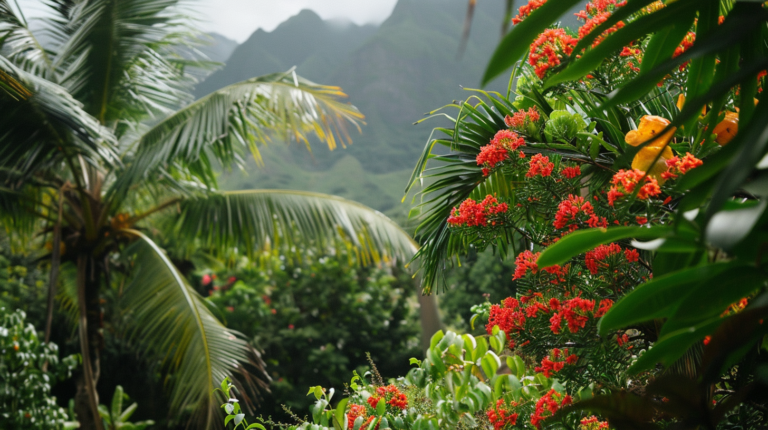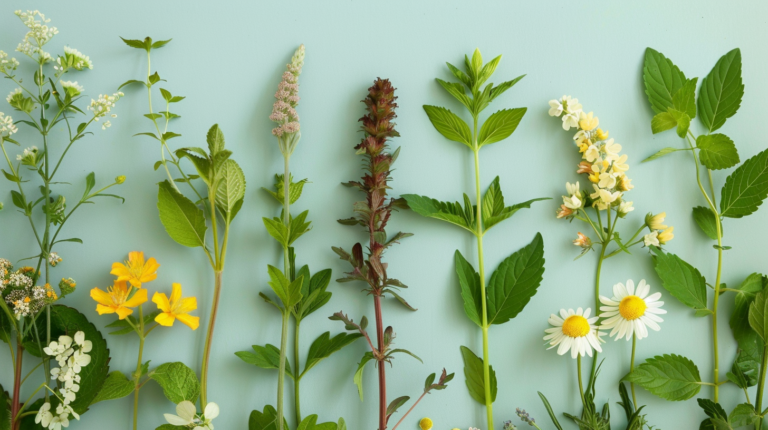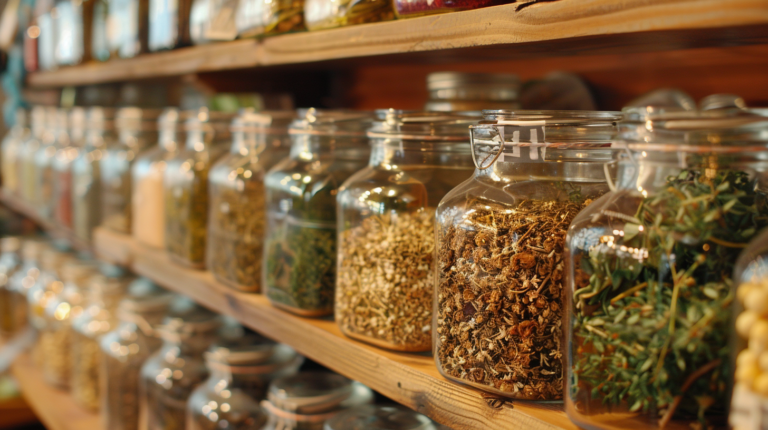Discover What Medicinal Plants Grow in Oregon
Ever found yourself wandering through the beautiful landscapes of Oregon and wondered which of those lush plants could actually heal you? Discovering the medicinal wonders that grow in this region can be both exciting and overwhelming. Many people, lost in a sea of information, feel unsure about how to identify and use these potent natural healers.
This uncertainty can lead to missing out on the incredible health benefits that nature provides right in our backyards. From reducing inflammation with oregano grape to soothing a scratchy throat with yarrow, there is an entire world of medicinal plants waiting to be explored. This can leave many feeling disconnected and frustrated about their natural wellness journey.
Understanding What plants are medicinal in Oregon? brings you closer to nature, equips you with practical knowledge, and enriches your well-being. This guide will unravel the secrets of Oregon’s medicinal herbs, helping you harness their power, nurture your health, and reconnect with the Earth, one leaf at a time.
Understanding Medicinal Plants in Oregon
Overview of Medicinal Plants
Definition of Medicinal Plants
Medicinal plants, often referred to simply as medicinal herbs, are species that have been traditionally used for their healing properties. These plants contain various chemical constituents that can help to alleviate, cure, or prevent various ailments. They have long been employed in traditional medicine, particularly by indigenous cultures across the world. In Oregon, these plants are abundant and varied, covering a rich history of usage by Native American tribes and early settlers.
Historical Use of Medicinal Plants in Oregon
Taking a step back in history, it’s impossible to ignore the profound role that these plants played in the lives of early settlers and Native American tribes in Oregon. Indigenous tribes like the Chinook and the Nez Perce were experts in the use of local flora for healing purposes. They relied on the medicinal properties of plants such as the Oregon Grape and Stinging Nettle to treat ailments ranging from digestive issues to skin conditions. Early settlers, upon learning from the native tribes, also began to incorporate these medicinal plants into their own practices, a tradition that continues to this day.
Native Medicinal Plants of Oregon
Commonly Found Plants
Oregon boasts a wide variety of native medicinal plants. Among these, the following stand out for their common use and effectiveness:
- Oregon Grape (Mahonia aquifolium): Known for its bright yellow root, this plant is used primarily for liver health and skin conditions. Its active compound, berberine, has significant antimicrobial properties.
- Stinging Nettle (Urtica dioica): A powerhouse of nutrients, it’s rich in vitamins A, C, and K. Nettles are frequently used for treating arthritis and allergies, and in making nourishing tonics.
- Yarrow (Achillea millefolium): This multipurpose herb can treat wounds, reduce fever, and alleviate digestive issues. Yarrow is easily identifiable by its feathery leaves and clusters of white or pink flowers.
- Western Red Cedar (Thuja plicata): An important plant in indigenous medicine, its leaves and bark are used for respiratory issues and as a topical treatment for infections.
Identification and Harvesting Tips
When it comes to identifying and harvesting these wild plants, here are some tips to keep in mind:
- Ensure proper identification before harvesting. There are many look-alikes that could be harmful. For example, always look for the glossy leaves and cluster arrangements distinctive to the Oregon Grape.
- Harvest leaves and flowers in the morning after the dew has dried, but before the full heat of the day sets in to preserve the essential oils.
- For roots like those of the Oregon Grape, harvest in the fall when the plant’s energy has returned to the roots.
- Be sustainable: never take more than one-third of the plant population in any one area to ensure it continues to propagate and thrive.
How to Use Medicinal Plants
Preparation Methods
Utilizing these medicinal herbs can be a rewarding experience. Here are some common preparation methods:
- Teas: Ideal for extracting water-soluble compounds, simply steep leaves, flowers, or roots in hot water for a soothing beverage.
- Tinctures: These alcohol-based extracts are potent and have a long shelf life. They’re made by soaking herbs in alcohol, capturing the essence of the plant.
- Salves: Perfect for skin ailments, salves are made by infusing herbs in oil and then mixing with beeswax to apply externally.
- Infusions: Similar to teas, but often steeped for a longer period and made with a higher quantity of herb to extract a stronger medicinal dose.
Dosage and Safety Considerations
Dosage is crucial in using medicinal plants safely and effectively. Here are some rules of thumb:
- Start with small doses to see how your body reacts, as some herbs can cause allergies or other side effects.
- Follow traditional or recommended dosages found in reliable sources such as Scott Kloos’ “Pacific Northwest Medicinal Plants”.
- Pregnant or breastfeeding women, young children, and individuals with serious health conditions should consult a healthcare provider before using these herbs.
- Documented side effects are rare, but overuse of some herbs, like Stinging Nettle, can irritate the skin or kidneys.
Benefits of Medicinal Plants
Health Benefits
Medicinal plants offer numerous health benefits, from boosting the immune system to providing essential nutrients. For instance, Yarrow helps heal wounds due to its astringent properties, while Oregon Grape, thanks to its alkaloid berberine, is effective in fighting infections.
Environmental Benefits
These plants are not only beneficial for health but also for the environment. Native medicinal plants support biodiversity and can improve soil health. By cultivating them, you are helping to preserve Oregon’s rich botanical heritage.
Cultivating Medicinal Plants in Your Garden
Suitable Plants for Oregon’s Climate
Oregon’s unique climate, ranging from the temperate rainforests of the coastal regions to the semi-arid areas of central Oregon, offers a perfect environment for a variety of native medicinal plants. Here are some plants that thrive in these diverse conditions:
- Oregon Grape (Mahonia aquifolium): Flourishing in the moist, shaded areas of the Pacific Northwest, this hardy shrub is a staple in many medicinal gardens due to its liver-supporting and antimicrobial properties.
- Stinging Nettle (Urtica dioica): This nitrogen-loving plant is commonly found in rich, fertile soils and is a powerhouse of nutrients, regularly used in tonics and teas.
- Yarrow (Achillea millefolium): Adaptable to various soil types, Yarrow is a perennial that is often found in well-drained soils, offering benefits from wound healing to reducing fevers.
- Western Red Cedar (Thuja plicata): This majestic tree thrives in the moist forests of the Pacific Northwest coast and is invaluable in traditional medicine for respiratory and skin conditions.
Steps to Start Your Medicinal Garden
Starting a medicinal garden is both an enriching and sustainable practice. Here’s how you can kickstart your journey:
- Research and Plan: Begin by selecting which medicinal plants you would like to grow based on Oregon’s climate. Resources like Scott Kloos’ “Pacific Northwest Medicinal Plants” and local horticulture guides can be incredibly helpful.
- Site Selection: Choose a site that matches the sunlight, soil, and water requirements of your chosen plants. For instance, the Oregon Grape prefers shady, moist areas, while Yarrow thrives in sunny, well-drained locations.
- Soil Preparation: Amend your soil with compost to improve fertility and drainage. Specific plants may require different pH levels, so it’s important to test and adjust accordingly.
- Planting: Follow planting guidelines for spacing and depth. For example, Stinging Nettle should be spaced 18-24 inches apart to allow for adequate growth.
- Maintenance: Regularly water and mulch to maintain soil moisture and prevent weeds. Prune as necessary to manage plant health and growth.
Sustainable Harvesting Practices
Sustainable harvesting ensures the longevity and health of wild plant populations. Here are some best practices:
- Respect Plant Life Cycles: Harvest plants during their optimal time. For example, leaves should be collected before the plant blooms, while roots are best harvested in the fall.
- Never Overharvest: Take only what you need. A good rule of thumb is to never harvest more than one-third of a plant population in an area.
- Use Responsible Techniques: For instance, when harvesting roots like that of the Oregon Grape, dig carefully to avoid damaging the plant, and replant sections to encourage regrowth.
- Support Plant Conservation: Participate in local conservation efforts and educate others on the importance of preserving native medicinal plants.
Resources and Further Reading
Books
For anyone serious about delving deeper into the world of medicinal herbs, here are some excellent reads:
- “Pacific Northwest Medicinal Plants” by Scott Kloos – A comprehensive guide that covers identification, usage, and cultivation of plants native to the Pacific Northwest.
- “The Herbal Medicine-Maker’s Handbook” by James Green – Perfect for those looking to create their own herbal remedies at home.
Online Communities and Courses
Engaging with online communities and participating in courses can enrich your knowledge and connect you with fellow enthusiasts:
- United Plant Savers: An organization dedicated to the conservation of native medicinal plants. They offer resources, workshops, and community support.
- Local Nursery Workshops: Many local nurseries in Oregon offer workshops on growing and using medicinal herbs, providing hands-on learning experiences.
Conclusion
Embarking on a journey with medicinal plants in Oregon not only connects you with nature but also invites you into a rich tradition of natural healing. From the lush forests of the Pacific Northwest coast to the rolling hills of central Oregon, the diversity of flora offers endless opportunities for discovery and wellness. By cultivating these plants in your garden, you not only enhance your health but also contribute to the preservation of these invaluable natural resources.
